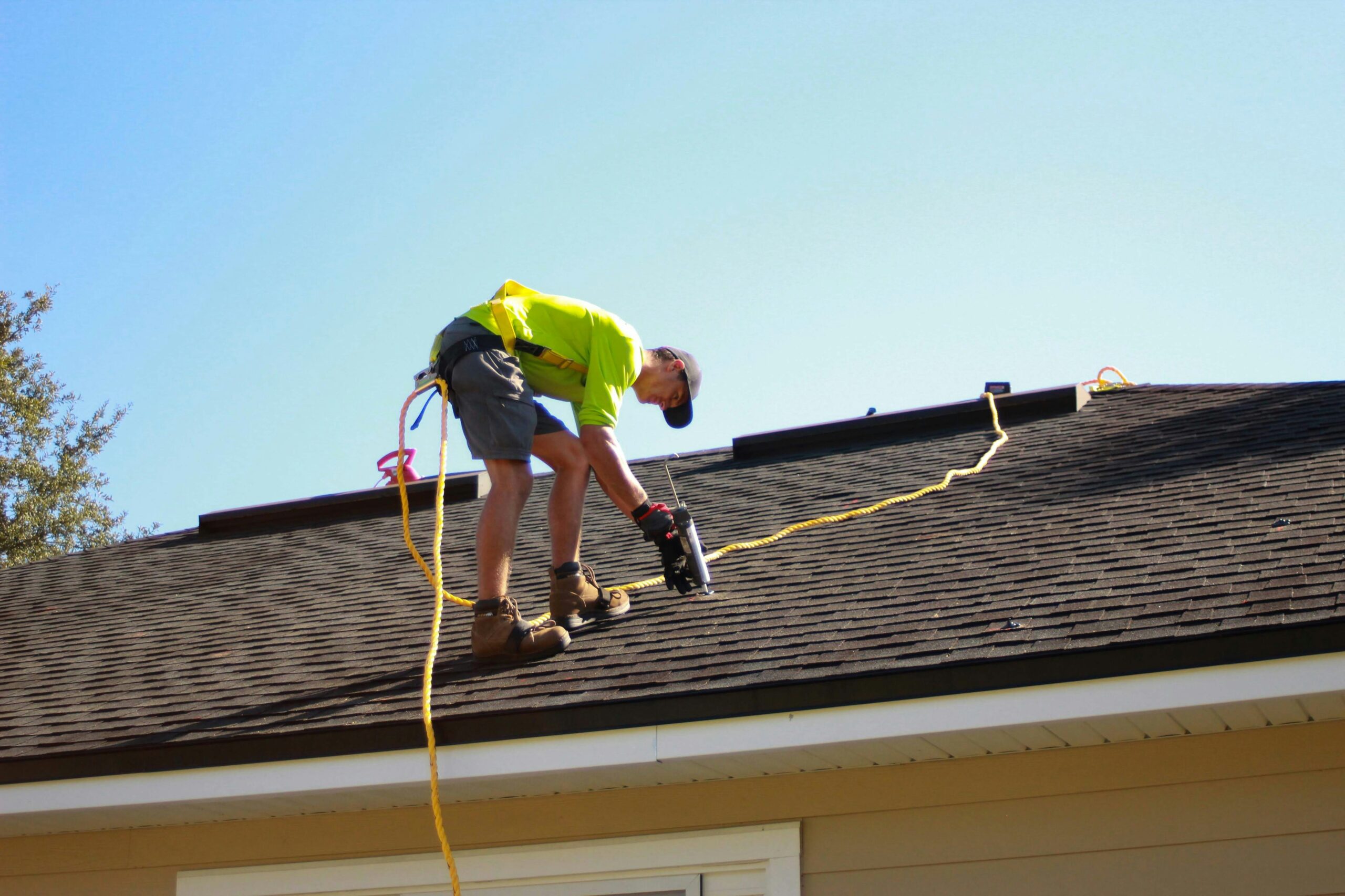Key Takeaways
- Make health and safety your top priority in NSPIRE Property Maintenance.
- Use the Unit / Inside / Outside framework for structured self-inspections.
- Follow HUD timelines: 24-hour, 30-day, and 60-day repairs.
- Document every repair with photos, logs, and service reports.
- Maintain a preventive maintenance calendar to stay inspection-ready.
- Train teams, involve tenants, and leverage digital tracking tools.
Keeping your properties NSPIRE-ready isn’t just about passing inspections—it’s about maintaining safe, healthy homes for residents all year long. Consistent upkeep prevents violations, protects HUD funding, and reduces costly emergencies.
This guide breaks down the most effective NSPIRE property maintenance best practices—organized by health and safety priorities, repair timelines, and preventive strategies—to help housing authorities and property managers stay compliant year-round.
Prioritize Health & Safety in NSPIRE Property Maintenance
Health and safety standards form the foundation of every NSPIRE Property Maintenance plan. These systems protect residents and directly impact your inspection score, so they should always come first.
Life-Safety Devices
Test smoke and carbon monoxide alarms monthly, replacing them every 7–10 years. Verify placement in all required areas and record test dates. Missing or expired detectors are among the most common NSPIRE findings.
According to the HUD NSPIRE Standards for Fire Safety, every home must have functioning smoke and CO detectors in sleeping areas and near fuel-burning appliances.
Electrical Safeguards
Ensure GFCI outlets are installed and operational in kitchens, bathrooms, and laundry areas. Press the “test” and “reset” buttons monthly and replace outlets that fail to respond. GFCI protection helps prevent electrical shock and ensures compliance with HUD’s electrical system standards.
Fire Readiness and Egress
Inspect fire extinguishers, emergency lighting, and exit signage quarterly. Replace expired tags, test lighting, and keep exits free of obstructions. Clear evacuation routes are required under the HUD NSPIRE Health and Safety categories.
Heating Minimums
From October through March, maintain indoor temperatures of at least 64°F. Keep detailed logs of service visits and maintenance records for HVAC systems to prove compliance.
Get started with the Free NSPIRE Checklist to ensure your next inspection starts strong.
Perform Regular Self-Inspections for NSPIRE Property Maintenance
Routine self-inspections are a core part of NSPIRE Property Maintenance. Schedule quarterly internal audits using the NSPIRE checklist and assign staff ownership for each section of your property.
HUD’s Unit / Inside / Outside Framework
- Unit: Check appliances, plumbing, leaks, electrical systems, windows, mold, and pest control.
- Inside: Inspect hallways, stairs, community rooms, and mechanical systems.
- Outside: Evaluate roofing, exterior lighting, walkways, and general site safety.
Document findings with photos, timestamps, and notes. Track completion of all repairs in a centralized system to show ongoing compliance.
Need help running internal audits? Book a Free Consultation to schedule a pre-inspection with our experts.
Follow NSPIRE Property Maintenance Timelines by Severity
The NSPIRE Property Maintenance framework assigns strict repair deadlines to ensure safety and accountability:
- Life-Threatening / Severe: Fix within 24 hours and certify completion within two business days.
- Moderate: Complete repairs within 30 days.
- Low: Resolve within 60 days.
Prioritize life-safety issues first, followed by moderate and minor concerns. Keep spare parts and vendor contacts on hand to stay within HUD’s timelines.
Document Every NSPIRE Property Maintenance Action
Accurate documentation is essential for proving compliance during inspections.
Keep before-and-after photos, service tickets, and repair logs for every maintenance activity.
Maintain records for all critical systems, including elevators, HVAC units, fire protection, and plumbing, and store them in a centralized digital platform. This makes it easy to retrieve evidence during inspections or appeals.
Build a Preventive NSPIRE Property Maintenance Calendar
A preventive maintenance calendar helps your team stay organized, proactive, and inspection-ready all year.
Monthly Tasks
Test smoke and CO detectors, inspect lighting and exits, and review tenant-reported issues.
Quarterly Tasks
Change HVAC filters, clean vents, test alarms, and conduct pest control.
Seasonal Tasks
- Spring: Inspect roofs, gutters, and pest prevention areas.
- Summer: Handle exterior repairs and HVAC tune-ups.
- Fall: Prep heating systems and weatherproof buildings.
- Winter: Conduct snow and ice removal, check heating efficiency.
Train Staff and Engage Tenants for Better NSPIRE Property Maintenance
Team Training
Offer refreshers for maintenance and management staff. Review common NSPIRE deficiencies and conduct ride-along inspections to reinforce standards in practice.
The HUD NSPIRE Training Portal provides resources to strengthen team knowledge and ensure accurate scoring.
Resident Reporting
Encourage tenants to report leaks, pests, or hazards early. Provide multiple reporting options—phone, app, or online portal—to ensure quick repairs. Proactive communication keeps your property safe and inspection-ready.
Use Digital Tools to Track NSPIRE Property Maintenance
Digital inspection tools streamline tracking, scheduling, and documentation. Use mobile apps that align with NSPIRE scoring logic to log inspections, flag overdue tasks, and export readiness reports.
Before HUD arrives, generate a digital summary to show compliance history and repair timelines. This can prevent disputes and build inspector confidence.
Need help integrating digital tools? Contact NSPIRE Experts for implementation support.
FAQs
What should we check monthly to stay NSPIRE-ready?
Test smoke and CO detectors, inspect lighting and exits, and confirm that all emergency systems work properly.
How do we prioritize repairs when multiple issues arise?
Address life-threatening hazards first (within 24 hours), followed by moderate and low-severity issues within HUD deadlines.
What documentation does HUD require for NSPIRE compliance?
Inspectors often request service logs, repair tickets, inspection reports, and proof of timely completion for all deficiencies.
Do we need a pre-inspection before HUD’s visit?
While not required, a professional pre-inspection identifies issues early and improves your chances of passing on the first attempt.
